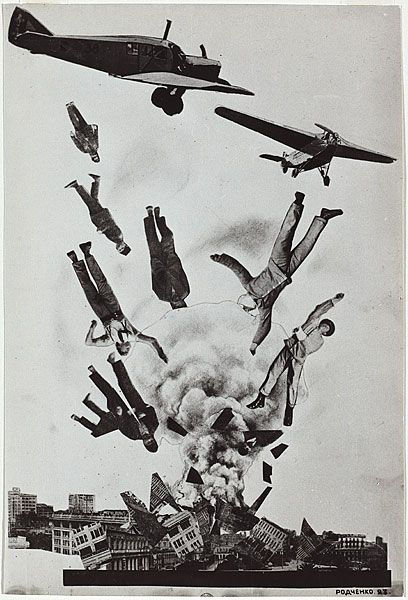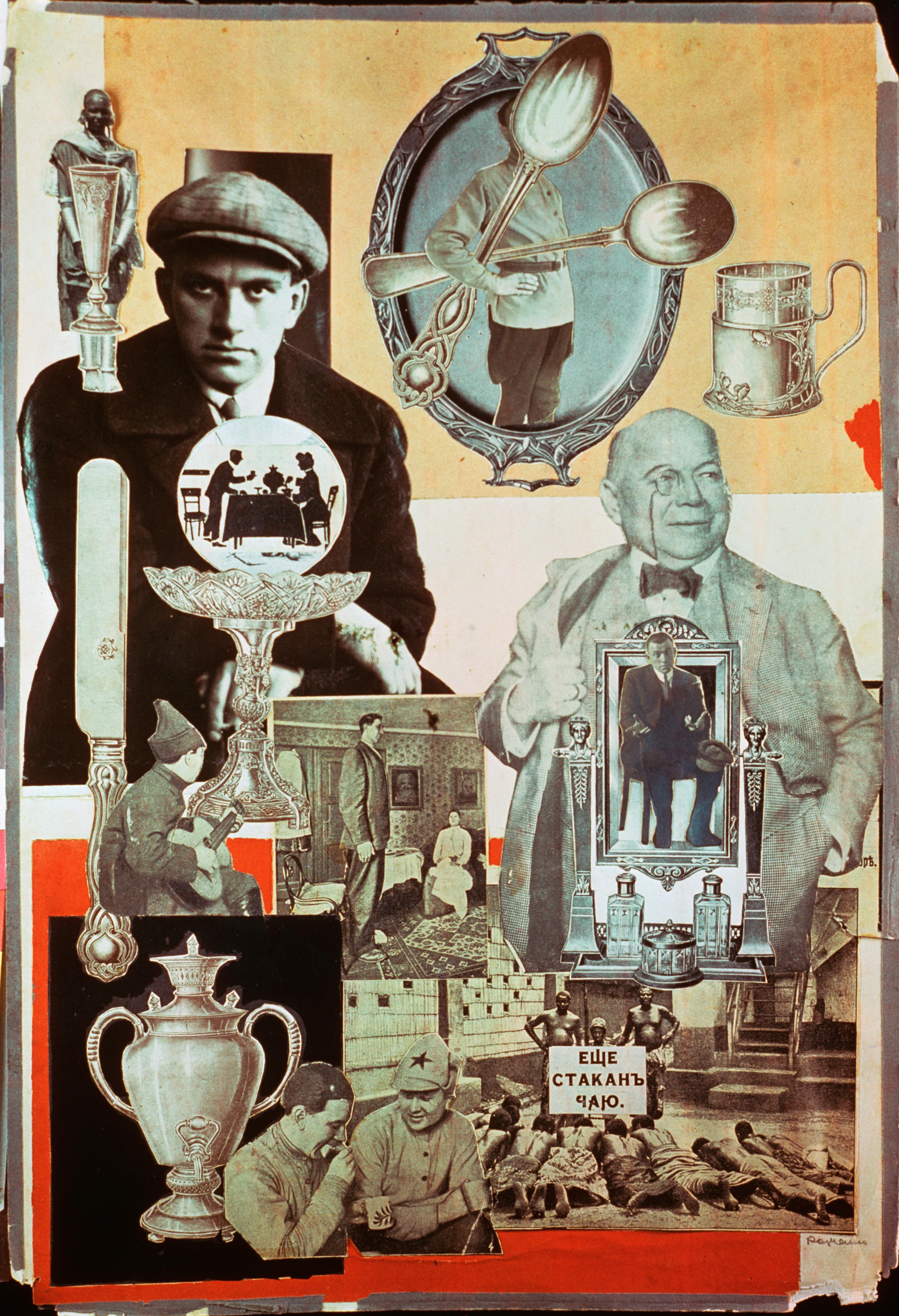What is a photomontage??




collage vs. photomontage
A photomontage is a collage constructed from photographs
Raoul Hausmann
The Art Critic 1919–20
Tate
© ADAGP, Paris and DACS, London 2019
'Photomontage is often used as a means of expressing political dissent.
It was first used as a technique by the dadaists in 1915 in their protests against the First World War. It was later adopted by the surrealists who exploited the possibilities photomontage offered by using free association to bring together widely disparate images, to reflect the workings of the unconscious mind.
In 1923 the Russian constructivist Aleksander Rodchenko began experimenting with photomontage as a way of creating striking socially engaged imagery concerned with the placement and movement of objects in space.
some of Aleksander Rodchenko's works:

What is a montage???
'A montage is an assembly of images that relate to each other in some way to create a single work or part of a work of art.
A montage is more formal than a collage and is usually based on a theme. It is also used to describe experimentation in photography and film, in particular the works of Man Ray and Laszlo Moholy-Nagy who made a series of short movies and photographic montages in the 1930s.'

Richard Hamilton 1922–2011
In a humorous take on the dramatic shift in sexual identities and gender politics from the 1950 to the 1990s, Hamilton substituted the image of a flexing female body builder that he found in a magazine for the voluptuous lady sitting on the sofa in the original version. The lollipop she holds (traditionally used to stop traffic while children cross the road in England) reads ‘STOP – CHILDREN’, providing a comic antithesis to the phallic lollipop bearing the word ‘POP’ in the 1956 collage. Hamilton replaced the muscle-bound male body builder of 1956 with a photograph of a financier that he took himself in the City of London using a digital camera he had borrowed from Kodak.

Paul Graham born 1956
In the 'Japanese series' of diptychs, Graham uses photography to document and explore how the past continues to assert itself in the present. Each work comprises an image taken from Japan's past with an image taken from her present. Here the photograph of a female Hiroshima victim is one of several famous and emotive images from the Second World War. The pattern of the burns reflects the fabric of the victim's kimono, traditional symbol of Japanese femininity. This image is in striking contrast to the happy-go-lucky image of a young girl taken from a piece of wrapping paper which itself reflects the invasion of the American-influenced commercial world.

Joseph Beuys 1921–1986




Comments
Post a Comment